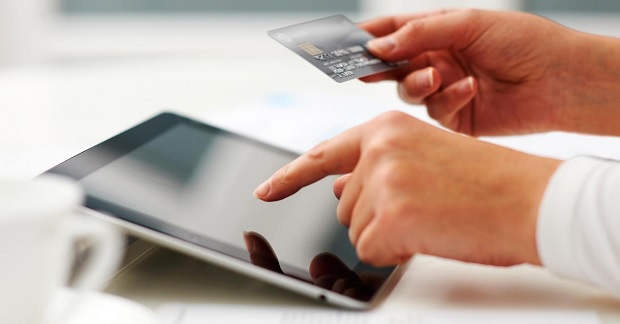Carding Forum
Professional
- Messages
- 2,788
- Reaction score
- 1,223
- Points
- 113

Sweden is very close to becoming the world's first cashless society. In this country, electronic payments are replacing cash from everyday life, and banking services have moved to the Internet. Is there a place for bank branches in the country where even street vendors accept payment cards?
“Almost never,” says 34-year-old Stockholm resident Livia Podesta when asked how often she visits a bank branch. “I always do online banking and often pay my bills with my smartphone while I drive to work. In the past nine years, I have visited my bank branch only twice.”
Libya is a great example of personal banking in Sweden, where 82% of the population used online banking in 2021 and 45% used mobile banking (although the European average is 38%).
Mobile banking is the main customer service channel for banks in terms of transaction volume. For example, one of the four largest banks in Sweden, Swedbank, reports that its customers use online banking an average of nine times a month and a mobile banking app 24 times a month.
“Most Swedes under 60 rarely go to bank branches. Those under the age of 30, as a rule, have never been in them at all. Everything can be done online, ”explains Robin Teigland, professor at the Stockholm School of Economics.
Unified systems
The transition to online and mobile banking in Sweden has been driven by an impressive electronic infrastructure - the country has one of the highest smartphone and internet penetration rates in the world. However, some features of the Swedish banking sector also played an important role.
One of the main features is the BankID system, introduced in 2003. It is a secure electronic system for identifying Internet users, and since 2010 - and mobile users.
BankID was originally developed by a consortium of large banks. It is now used by governments, businesses, banks and individuals across the country. It has become practically the main system for digital identification of citizens, including for signing transactions and contracts. Of the 9.6 million Swedes, about 6.5 million use BankID for mobile and online banking, online shopping and filing tax returns.
“This is a unique feature of the Swedish market that has removed the barriers to the massive adoption of mobile banking in the country,” says Ross Methven, director of digital banking for Mapa Research. “In other countries, security concerns are the main obstacle as each bank tries to implement its own security model.”
Another example of successful cooperation between banks in Sweden is the Swish mobile payment application, launched at the end of 2012 by Danske Bank, Handelsbanken, Länsförsäkringar Bank, Nordea, SEB and Swedbank. To identify customers in this application, the Mobile BankID system is used, and the functionality allows you to make instant payments between bank accounts using mobile phone numbers.
The application works as follows: if the user needs to lend money to a friend or repay a debt, he needs to enter the transfer amount and the recipient's phone number in the application (which must also be a Swish user). After 10 seconds, the money from the sender's account comes to the account of his friend. Since the launch of the application, the number of its users has exceeded 3 million, and the number of transactions per month is over 6 million.
Growing competition
Ever since banks began introducing digital services, they have had entirely new competitors. Financial services are no longer their exclusive field of business. Startups like the Swedish iZettle, which are helping to transform smartphones and tablets into payment terminals, are revolutionizing the financial market. In addition, crowdfunding platforms, cryptocurrencies and innovative services from Apple, Google and Samsung are gaining popularity.
“Banking is becoming more diversified. Various products and services are offered by many players in the market, ”explains Teigland.
Swedish banks want to meet these challenges with dignity. They focus on expanding the range of mobile services, focus on personalizing services, and actively collaborate with startups.
Is there a future for bank branches?
The rise in the number of non-cash transactions and the popularity of digital banking have led Swedish banks to abandon traditional branches and offices. Over the past 10 years, the country's largest banks have closed about 250 branches, and the remaining branches no longer conduct cash transactions. Of the 1600 commercial bank branches in Sweden, 900 are non-cash.
“We found that banks are creating new types of flagship branches. The number of branches is decreasing, but those that remain are completely renewing the range of their services. They focus more on consulting and handling complex transactions like buying a home, ”explains Methven. “We are also seeing an increase in the use of technology in bank branches, for example, in branches installing tablets and monitors for users. Thus, they come to the office, but they carry out all operations on their own."
Experts believe that banks should rethink many questions - what services they can offer users, what services people need. Banks are projected to move away from traditional branches in the coming years in favor of innovative customer service. And in Sweden, thanks to a well-developed infrastructure, this can happen in 2-3 years.
Bill Gates once said: banking is important, but banks are not. Well, it seems that this is what we see in some highly developed countries, one of which is undoubtedly Sweden. Time will tell whether other countries will follow its example.
Based on materials from ComputerWeekly
